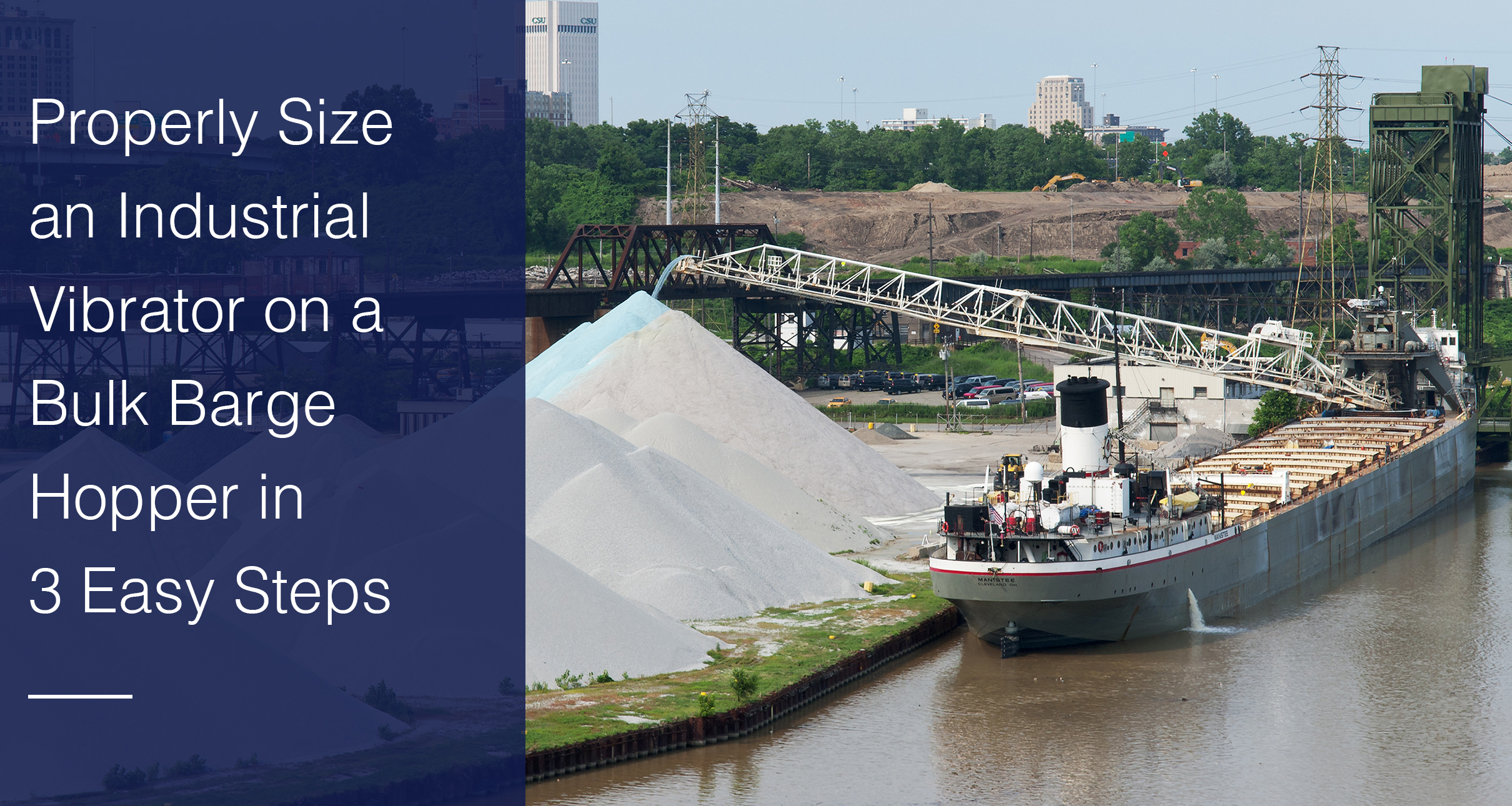5 Cool Industrial Vibrator Applications in 2020
By Craig Macklin
Industrial Vibrators and Vibratory Equipment can be used for so many different purposes that we never get bored working on customer inquiries to help them. We get to work across dozens of industries with hundreds of material types and countless unique conditions, requirements, and problems. So, it is fun to reflect on applications and problems we’ve solved near the end of a year. This posting is just that, a moment of reflection and sharing. Enjoy!!
Read More…
Craig Macklin joined The Cleveland Vibrator Company in 2010. Although his prior experience is mired in the world of theoretical, intangible products and services such as software and consulting sales, the past 11 years have developed his passion for this industry and molded the vibration expert we know today. Now, as President and CEO, Craig has a deep understanding of the value and importance of industrial vibration to numerous industries and applications. He enjoys fine, locally roasted espresso, good food, and spending the day with his wife and two daughters. He has cried at multiple Browns and Indians games and likes to get outside and golf in his free time.
What’s his area of expertise, you ask? “Making sure the people on our team are better and smarter than I am.” – Craig Macklin
Share this blog post:



















